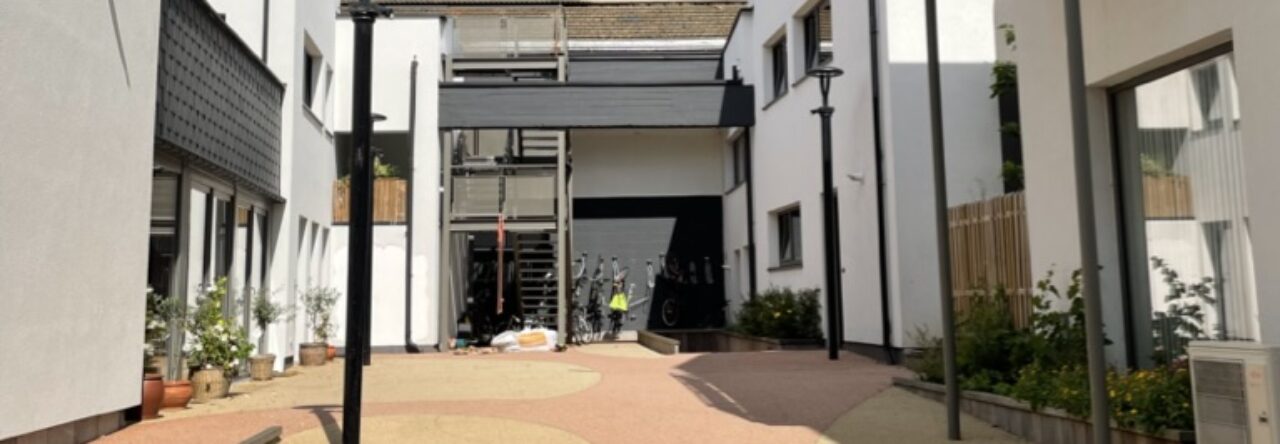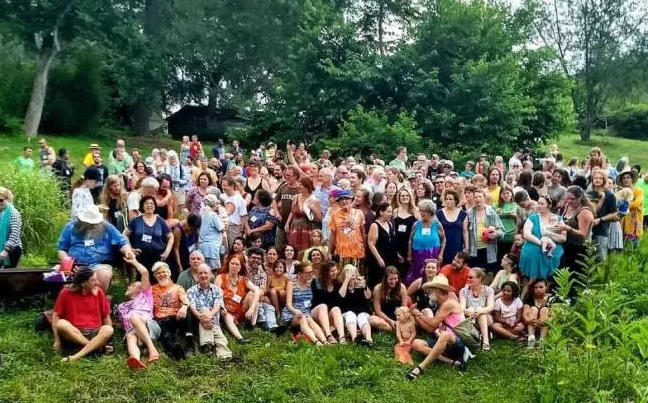
On cite toujours les mots d’enfants. Pourtant, au l’autre bout de la chaîne du temps, chez les personnes âgées, on peut trouver de quoi rire. La preuve :
- Dans un supermarché, un couple âgé est surpris en train de piquer une bouteille de vin. Interrogé par le responsable, le monsieur explique que sa retraite est si minime qu’il ne peut jamais s’offrir une bouteille. Touché par cette misère, le directeur se contente de le sermonner en lui demandant de ne plus s’y reprendre. Au moment de partir, le mari dit : Ma femme est une voleuse ; elle a pris une boîte de petits pois… C’est beau la solidarité conjugale.
- Au moment de quitter la maison de personnes âgées que je visite de temps à autre, je passe devant une dame que je ne connais pas. Elle m’interpelle : Comme vous êtes belle ! Étonnée mais ravie, je lui réponds : Merci beaucoup. Je serais contente si mon mari pouvait me dire cela. Sa réponse fuse : Mais il le pense !
- Dans la même maison de retraite (EPHAD), je visite une charmante dame de 95 ans. Hier, elle était très agitée : J’attends des amis qui doivent venir et nous allons fêter Federer (c’est beau d’entendre des Savoyards admirer le champion suisse). Et puis, ajoute-t-elle, ils doivent apporter du champagne. Là, je me dis qu’elle commence à perdre la tête. Et bien non, arrivent une dame et un monsieur bien droit, tiré à 4 épingles avec un coolbox. Ce sont des instituteurs retraités de 96 ans. Voici le champagne, dit le monsieur, car nous allons fêter non seulement Federer mais un grand anniversaire, nos 69 ans de mariage ! Voulez-vous trinquer avec nous, j’ai pris 4 verres ? L’âge n’empêche pas de s’amuser. Peut-être est-ce justement ce goût de la fête qui permet de vivre si longtemps !

